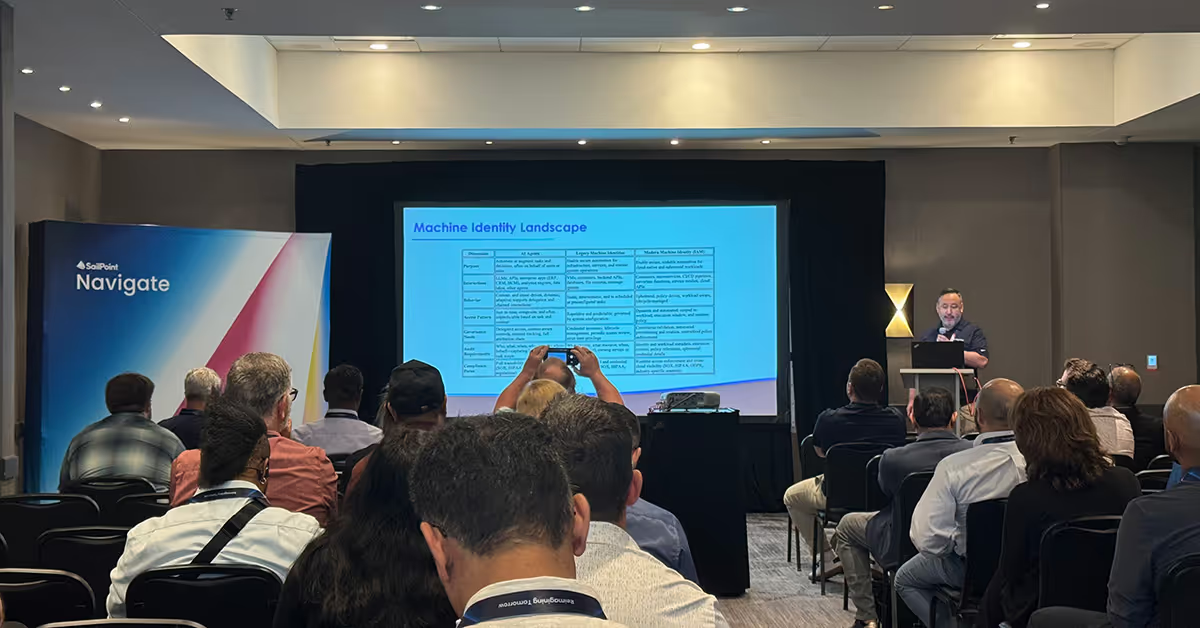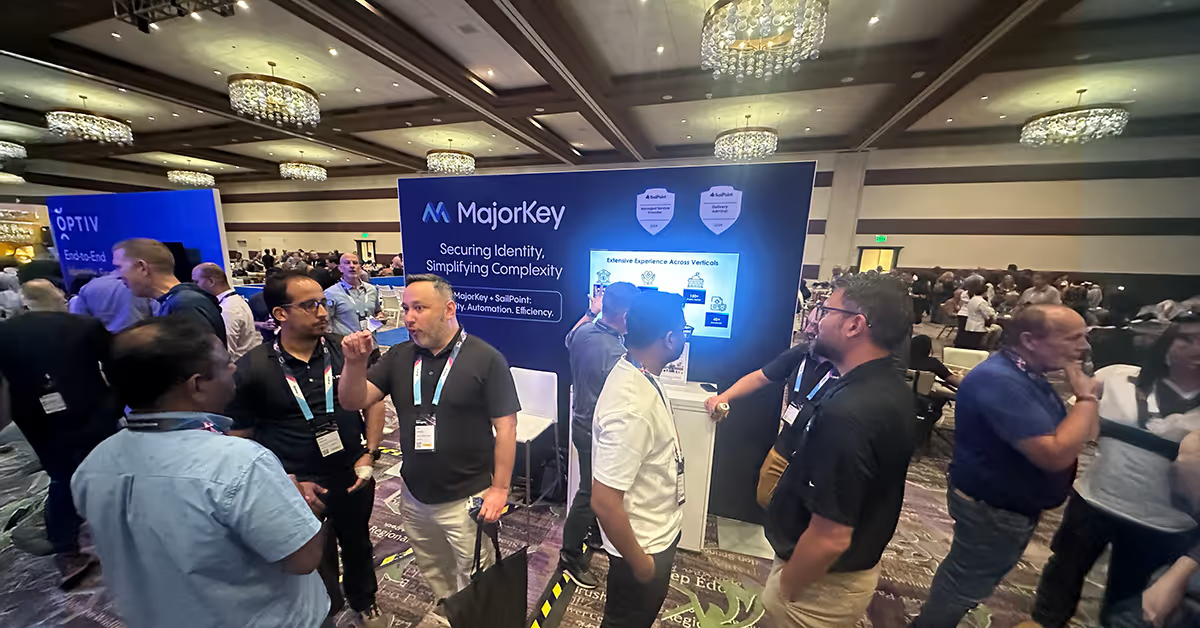Why IAM Projects Fail — And How to Flip the Script
July 18, 2025
|
Duration:
6
min READ

Identity and Access Management (IAM) is a cornerstone of modern cybersecurity, yet many IAM projects fail to deliver on their promise. The reasons are rarely technical. Instead, they stem from a fundamental disconnect between IT and the business. This blog explores why IAM initiatives often fall short, and how CISOs, CIOs, and identity leaders can realign their strategies for success.
The Evolution of IAM
IAM has evolved from a niche concept to a critical pillar of enterprise security and resilience. Initially focused on automating account creation and managing directories, IAM later became a compliance tool, helping organizations answer questions like “Who has access to what?” and “Is that access appropriate?”. Today, IAM is central to security strategies, underpinning zero trust architectures and protecting digital perimeters.
Why IAM Projects Fail
Despite its critical role in modern security and operations, IAM projects frequently fall short of expectations. These failures seldom result solely from technology. Instead, they often stem from organizational missteps that can be avoided with the right approach. Below are three of the most common reasons IAM projects fail with real-world context and actionable guidance.
Lack of Stakeholder Alignment
IAM projects often begin in IT or security departments, but their impact spans the entire organization. When business units like HR, finance, marketing, or operations aren’t involved early, the result is a solution that doesn’t reflect how people actually work.
Example:
A global healthcare provider launched an IAM initiative to streamline access to clinical systems. However, the project team failed to involve nursing leadership during the planning phase. As a result, the new access workflows didn’t account for shift-based staffing or temporary credentialing needs. Nurses were locked out of critical systems during shift changes, leading to delays in patient care and a loss of trust in the system.
Best Practice:
Form a cross-functional steering committee from the outset. Include representatives from all major business units, and ensure they have a voice in defining requirements and success metrics. IAM is not just an IT project, it’s a business transformation effort.
Unclear Objectives
Too often, IAM projects are launched with vague goals like “improve security” or “modernize access.” Without clear, measurable objectives, it’s impossible to track progress or demonstrate value.
Example:
A financial services firm implemented a new IAM platform with the goal of “enhancing compliance.” However, they didn’t define what that meant in practice. Was it faster audit response times? Fewer access violations? As a result, the project team struggled to prioritize features, and leadership couldn’t see the return on investment. The project was eventually paused due to a lack of perceived progress.
Best Practice:
Define SMART goals: Specific, Measurable, Achievable, Relevant, and Time-bound. For example: “Reduce average onboarding time from 5 days to 1 day within 6 months,” or “Achieve 100% completion of quarterly access reviews by Q3.” These goals provide clarity and help secure ongoing executive support.
Overemphasis on Technology
It’s easy to get caught up in the bells and whistles of IAM platforms; adaptive authentication, AI-driven role mining, blockchain-based identity. The list goes on and on. But focusing too much on features can lead to over-engineered solutions that don’t solve real problems.
Example:
A retail chain invested in a cutting-edge IAM suite with advanced analytics and machine learning capabilities. However, the core issue was that store employees couldn’t access their point-of-sale systems without calling IT for password resets. The new system added complexity without addressing the root problem. Adoption lagged, and the project was deemed a failure by store managers.
Best Practice:
Start with the user experience. What are the biggest pain points for employees, customers, or partners? Solve those first. Use technology as a means to an end, not the end itself. A simple, well-adopted solution is more valuable than a complex one that no one uses.
Poor Definition of Success
Oftentimes, success is defined solely from an IT and/or Compliance viewpoint. Unless the right context is given to the impacted business units, they may not realize what success means to them.
Example:
In a large financial organization, Role-Based Access Control (RBAC) was rolled out for the HR department. Technically, the implementation was sound, but HR saw little value. It wasn’t until the project team reframed the benefits as “frictionless employee onboarding” and “zero-touch access provisioning” that HR leaders recognized how the system could improve their workflows. With that context, they became active supporters of the initiative.
Best Practice:
Define success in terms that matter to each business unit. For HR, it might be faster onboarding; for finance, cleaner audit trails; for marketing, seamless access to campaign tools. Success metrics should reflect tangible business outcomes, not just technical milestones.
Best Practices for IAM Project Success
- Start with the business: Ask stakeholders what problems they’re trying to solve. Is it faster onboarding? A better customer experience? Improved compliance?
- Define success metrics: Establish clear KPIs tied to business outcomes, such as reduced onboarding time or increased customer satisfaction.
- Build cross-functional teams: Include representatives from all departments, including HR, finance, operations, and customer service, to ensure broad alignment.
- Communicate in business terms: Avoid jargon. Instead of “provisioning,” talk about “getting employees access to the tools they need to do their jobs.”
Turning Failure into Opportunity
IAM failures can be valuable learning experiences. By shifting the focus from technology to business value, organizations can transform IAM from a cost center into a strategic asset. The key is to listen, align, and deliver solutions that matter to the people who use them.
If you’re interested in diving into this topic in more depth, watch our on-demand webinar, Who Gives a Sh*t About Identity Security – How to Create Business Value from IAM, to discover actionable insights to drive real business impact.
Authors

No items found.
Advisory
No items found.
.svg)



















.svg)
